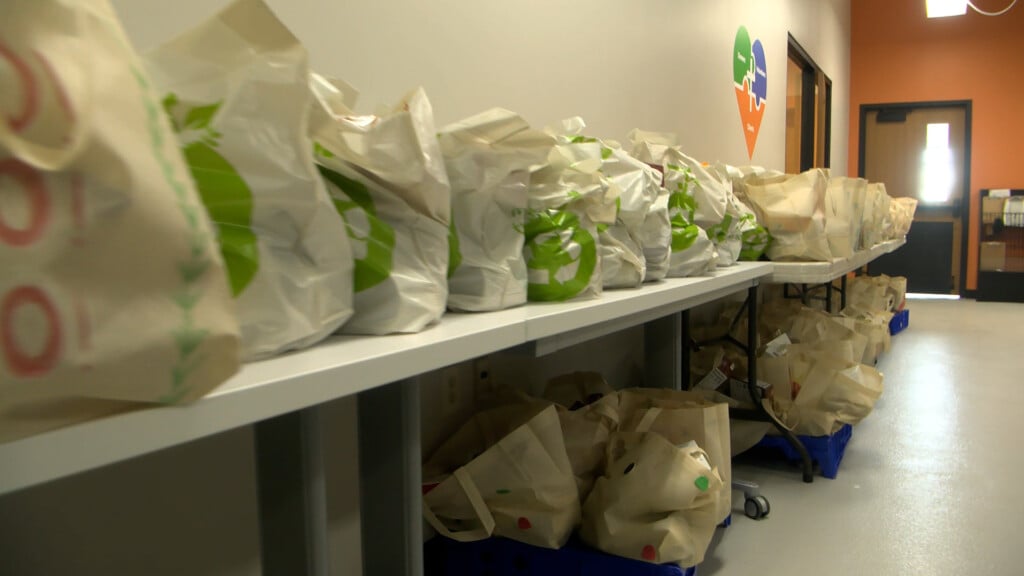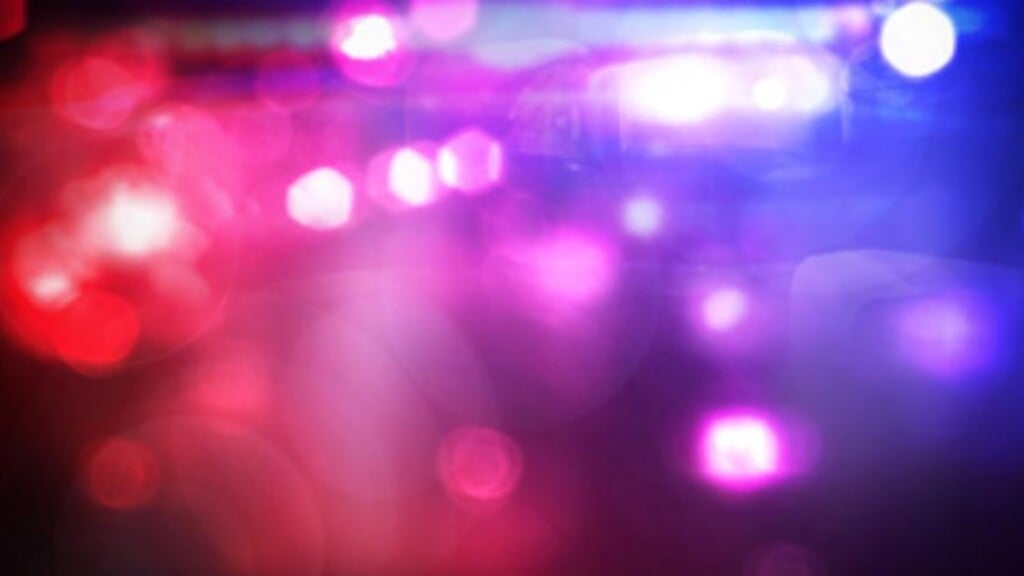UNL continues road safety innovation with new research
Bridge and overpass collapses could be reduced if computer testing holds true.
LINCOLN, Neb. (KLKN) – The University of Nebraska has a long history of efforts to keep drivers safe. Now they’re looking into more ideas that could be used to harden bridges and overpasses in the event of a crash.
No matter the method, the goal is simple: “Prevent collapse, first and foremost”, says Daniel Linzell, Associate Dean of the UNL College of Engineering.
Other goals fall in line with that primary effort to prevent collapse. If you make bridge supports able to better withstand crashes, even from large trucks, they may be damaged beyond repair, but they may be much easier to replace. The way to do all this isn’t really a huge leap of logic. A coat of armor could work wonders.
“Basically polyurea is epoxy paint”, explains Linzell. “It’s the lining that you see in pickups.”
It also has the amazing property of getting stronger when it’s stressed, which turns the coating into a kind of net around whatever it’s painted onto. In this case, it would cover those circular pillars that hold up a bridge.
“Holding things together wouldn’t necessarily mean that the pier would stand up after an event”, says Linzell, “but it absorbs a lot of energy by doing that and so energy that could go into taking apart pieces of the pier is taken by that net getting stronger”.
Another idea that would have a similar result is a composite wrap. Imagine fiberglass. Both options have been through extensive computer modeling, and someday they could go through some real-world trials.
Linzell says, “We want to make sure that we are replicating an impact, an explosion, and also including the fireball. For us to do that, there are very few locations where we would be allowed to do that.”
There are some very preliminary talks about doing just that. If all goes well, we could eventually see yet another Nebraska safety innovation spread across the world.



